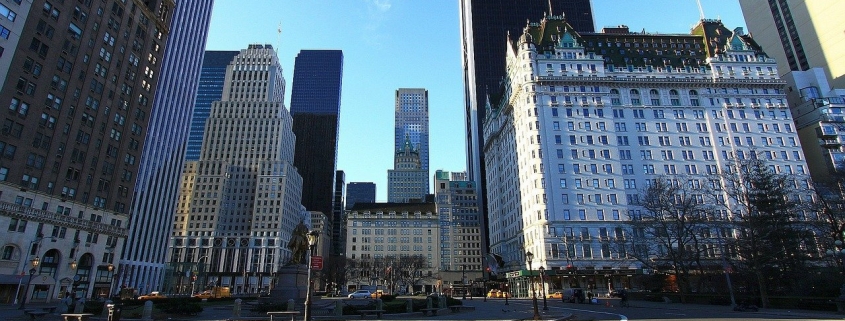What was the Plaza Accord?
Topic of Study [For H2 History Students]:
Paper 1: Understanding the Global Economy (1945-2000)
Section B: Essay Writing
Theme II Chapter 1: Problems of economic liberalisation
New competitors; Trade deficits
Following the abandonment of the ‘gold standard’ in 1971, the United States (US) continued to experience severe trade deficits vis-à-vis Japan and West Germany. The Japanese Yen and German Deutsche Mark were relatively weaker than the US Dollar. This meant that these two advanced economies’ exports were cheaper than the American exports, fueling demand for the former group’s.
In the US, heavy manufacturers and automobile firms called for their politicians to embark trade protectionism. With American jobs at stake, the Reagan administration had to step in to manage this worrying trend.
At the beginning of the 1980s the American auto industry was reeling under pressure from foreign competition – deservedly so, as the quality of American-made autos from the Big Three was noticeably inferior to that of imports from Europe and Japan.
…Unable to meet this quality competition head-on, and having lost $4.2 billion in 1980, the Big Three American automakers pressed for the predictable solution: trade protectionism.
…After a heated debate at the White House, Reagan passively agreed to seek a “voluntary export restraint agreement” with Japan.
An excerpt from “The Age of Reagan: The Conservative Counterrevolution: 1980-1989” by Steven F. Hayward.
In addition to the voluntary export restraint (VER) with Japan that limited the number of imported automobiles, the US government oversaw the meeting with the G5 nations. The G5 comprised of industrialised nations, namely United Kingdom, Japan, West Germany, France and the US.
The Plaza Accord
On 22 September 1985, the G5 nations met at the Plaza Hotel in New York. At main outcome was the formulation of an agreement to depreciate the US dollar relative to the Japanese Yen and German Deutsche Mark.
The main purpose of the accord, however, was to address the United States-Japan trade imbalance by making American goods less expensive and Japanese goods more expensive, so that Japanese customers would buy inexpensive American goods and Japanese companies would have to raise their prices in dollar terms and therefore lose customers.
… The time from 1986 until the middle of 1990 in Japan is often referred to as the ‘bubble economy‘. This period saw massive expansion, primarily due to a rapid surge in domestic demand – a growth in capital investments and in personal spending. Stocks and real estate prices skyrocketed.
An excerpt from “Government, International Trade, and Laissez-Faire Capitalism: Canada, Australia, and New Zealand’s Relations with Japan” by Carin L. Holroyd.
Although the Accord did manage to reduce trade deficits, the repercussion on the Japanese economy was severe. As the Japanese Yen appreciated relative to the US dollar, individuals and firms purchased real estate and stocks, pushing up the prices artificially. Speculators used their newly-purchased real estate as collateral to buy more. Eventually, the expanding asset bubble burst, ushering the ‘Lost Decade’ in Japan.
What can we learn from this article?
Consider the following question:
– Assess the view that the Plaza Accord of 1985 was key in explaining the decline of the Japanese economy in the 1990s.
Join our JC History Tuition to learn how to write essays effectively. The H2 and H1 History Tuition feature online discussion and writing practices to enhance your knowledge application skills. Get useful study notes and clarify your doubts on the subject with the tutor. You can also follow our Telegram Channel to get useful updates.
We have other JC tuition classes, such as JC Math Tuition and JC Chemistry Tuition. For Secondary Tuition, we provide Secondary English Tuition, Secondary Math tuition, Secondary Chemistry Tuition, Social Studies Tuition, Geography, History Tuition and Secondary Economics Tuition. For Primary Tuition, we have Primary English, Math and Science Tuition. Call 9658 5789 to find out more.











